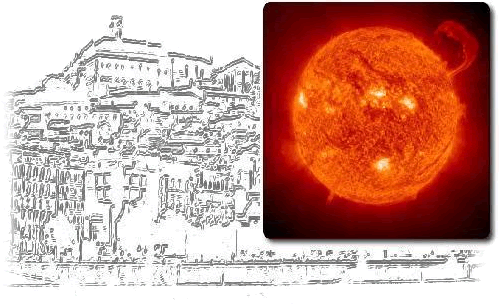|
A statistical study of spectral images, taken from the CRISP instrument at
the Swedish 1-m Solar Telescope in H-alpha 656.28 nm of fast spicules,
present Doppler velocities in the range of -41km/s to +41 km/s.
Remarkably, many of these spicules display apparent velocities above 500
km/s, with very short lifetimes of up to 20 s and apparent lengths of
around 3500 km. Here we present, the other spectral properties of these
events in the line scan. One result is that they are repetitive i.e.
appear at the same location but they are not co-temporal or necessarily
periodic in nature. In 89 % of the cases there is temporal offset by 3.7 s
to 5 s. We interpret the observations as mass motions that appear in the
field-of-view of CRISP’s 0.0060 nm filters in the line of sight, along
their projection. We observed that 30% of the features showed repetitions
at same location. This confirms that these are in fact, elongated mass
motions rather than so called sheets, fast spicules or fibrils. Further
we observed lateral motion which could be related to waves. With DKIST VTF
instrument, having 3 times more spatial resolution than CRISP and much
higher temporal resolution, we can being to understand the nature of such
fine-scale transient phenomena in greater details. |



